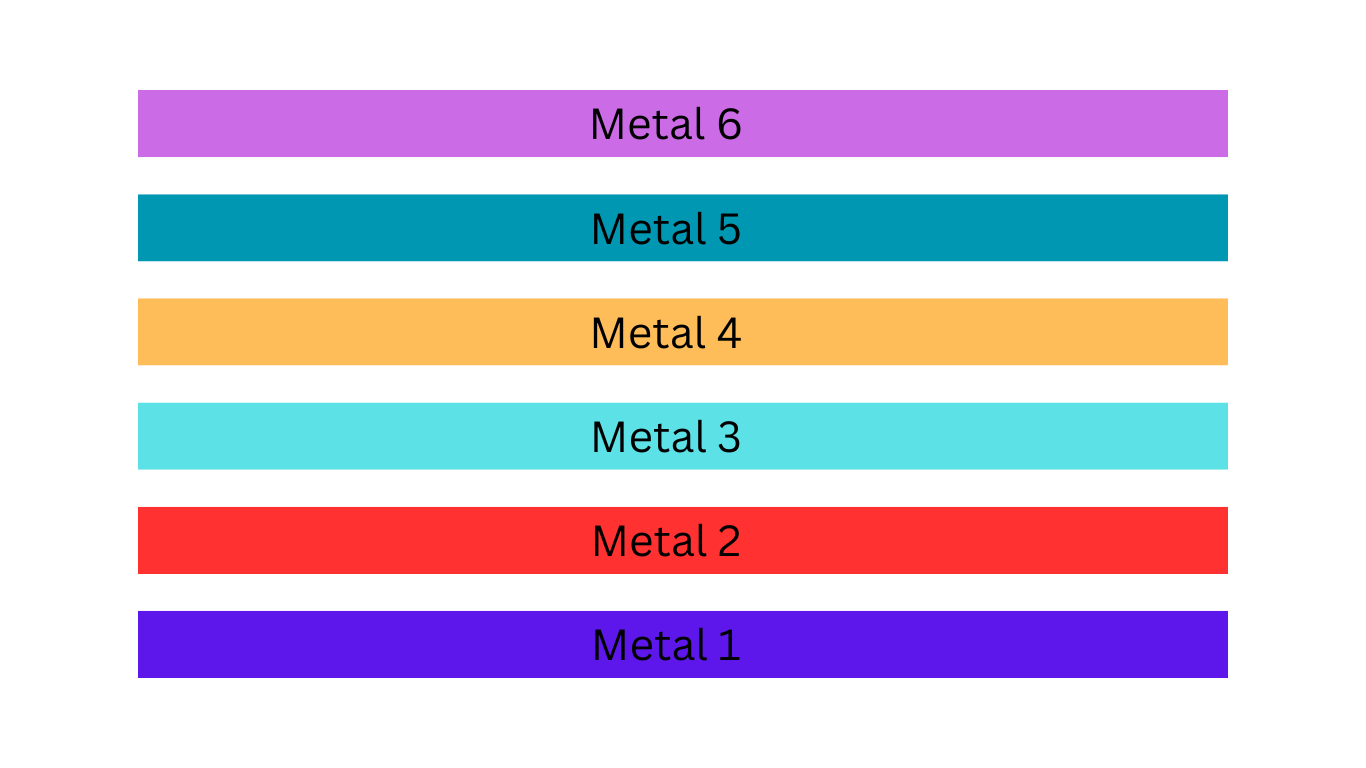Choosing the Number of Metallization Layers in Semiconductor Processes
The decision on the number of metallization layers in state-of-the-art semiconductor processes is important and often made during the physical design phase. The guiding principle in this decision is the “golden rule of economical technology”: “as many as needed, but as few as possible.”
From an engineering perspective, a specific number of metallization layers is necessary to address the routing problem and ensure that all interconnections are in line with the design rules. In other words, “as many as needed” is mandatory to achieve the desired functionality of the chip.

However, from an economic standpoint, it is essential to minimize manufacturing costs by using “as few as possible” metallization layers. Striking the right balance can be challenging, especially when it is technically feasible to waive one metallization layer. Doing so may save costs, but it might also result in additional layout design time and an increase in chip surface area.
Semiconductor processes for mixed-signal applications typically consist of three to five metallization layers. In smart power processes, the top (final) metallization layer is often a thick layer designed to conduct high currents. This layer may have non-standard design rules, defining larger minimum widths and spacings for the interconnect structures.
On the other hand, modern CMOS processes used in purely digital chips, such as microprocessors, usually offer more metallization layers. Leveraging the smallest feature size, these applications can maximize the number of interconnects per unit surface area due to the high complexity of the circuits. As a result, the number of metallization layers on real chips primarily depends on the circuit complexity.
In conclusion, the decision on the number of metallization layers in semiconductor processes involves a careful trade-off between technical requirements for proper functionality and economic considerations to minimize manufacturing costs. The choice ultimately depends on the circuit complexity and the specific application of the chip.